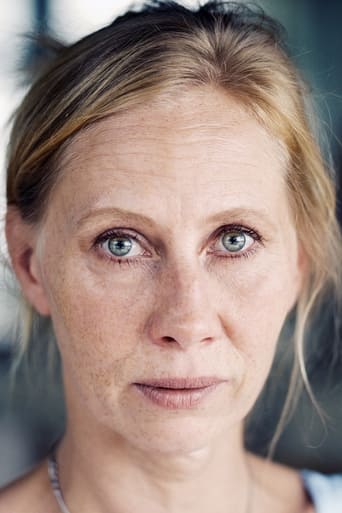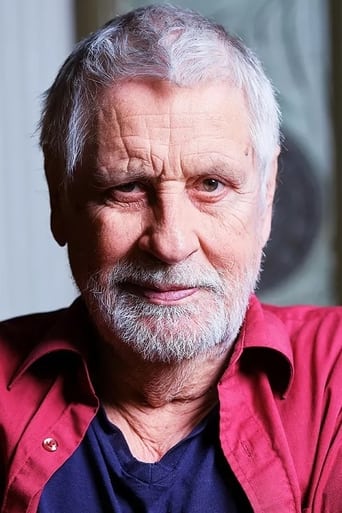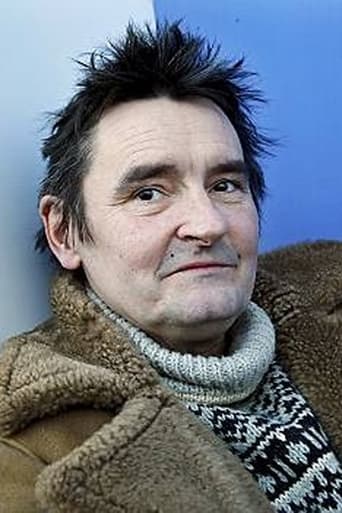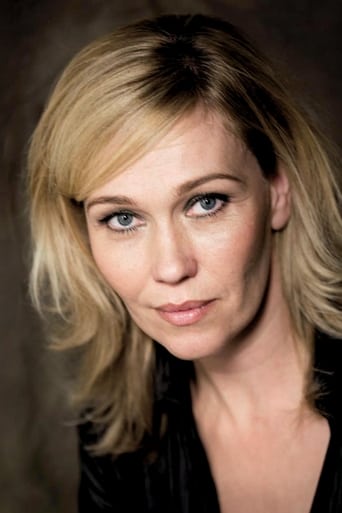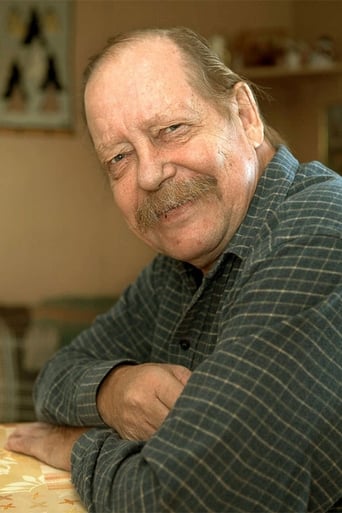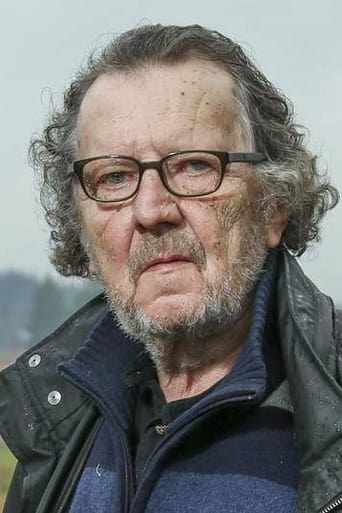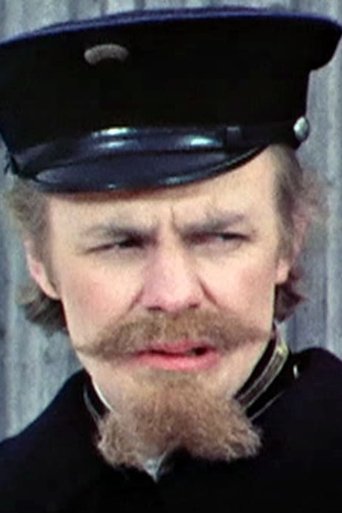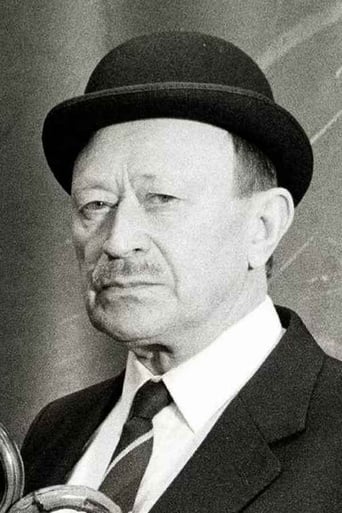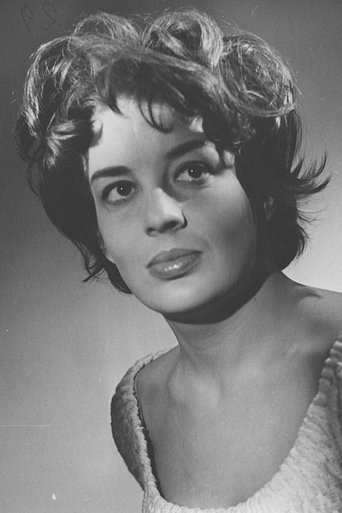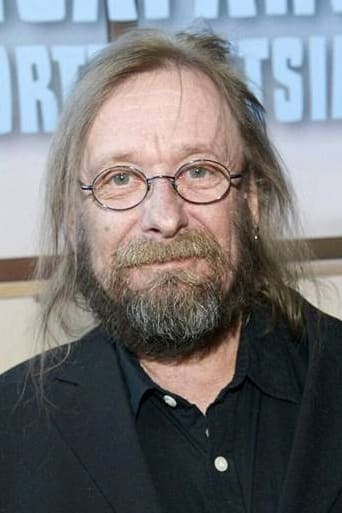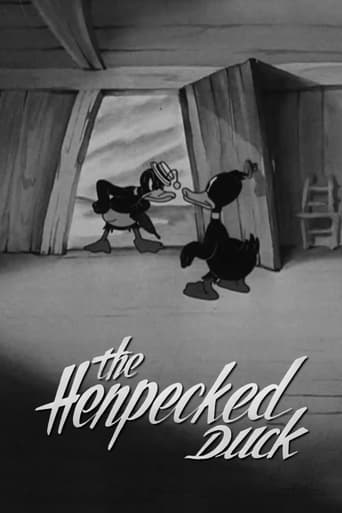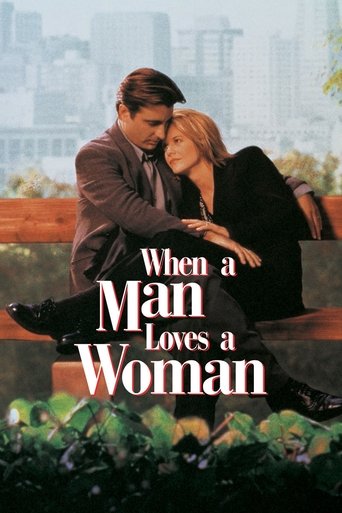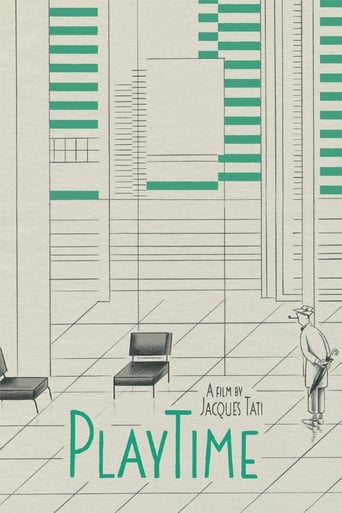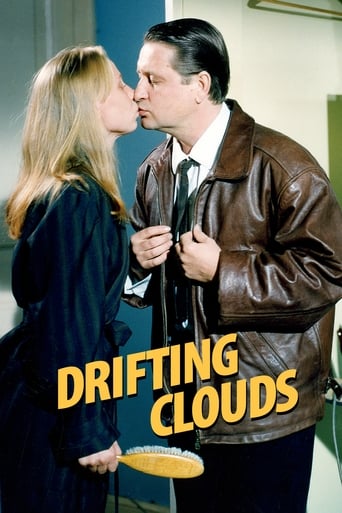
Drifting Clouds (1996)
The ever-poker-faced Ilona loses her job as a restaurant hostess, as her tram driver husband, Lauri, also finds himself out of work. Together they must hit the streets of Helsinki, facing up to hardship and humiliation in their quest for survival, guided through the gloom by a ray of hope.
- Aki Kaurismäki
- Malla Hukkanen
- Erja Dammert
- Aki Kaurismäki
Rating: 7.6/10 by 167 users
Alternative Title:
Långt bort blåser molnen - FI
Odbegli oblaci - RS
Cambio de vientos - UY
Far Away the Clouds Escape - US
Country:
Finland
France
Germany
Language:
suomi
svenska
Runtime: 01 hour 37 minutes
Budget: $0
Revenue: $0
Plot Keyword: helsinki, finland, husband wife relationship, waitress, restaurant, unemployment, laid off
The Finnish director Aki Kaurismäki has made several films about the "little people" in society, hardworking folk who have a spot of bad luck and risk being overlooked by the state bureaucracy and business development schemes that are ostensibly there to help them. KAUAS PILVET KARKAAVAT from 1996 (released as "Drifting Clouds" in English-speaking markets) is one such tale of adversity. Ilona (Kati Outinen) and Lauri (Kari Väänänen) are a happy married couple. One day, Lauri loses his job as a tram driver when the cancellation of some routes makes him redundant. Soon after this Ilona, head water of a fancy restaurant, finds the restaurant bought out by new owners who don't need the old staff. We see Lauri and Ilona turned down from one job after another, facing repo men and shady characters taking advantage of their desperation for work, yet in many respects the film is a comedy. Kaurismäki's humour is extremely deadpan, at some points perhaps too subtle for audiences outside Finland, but it's still generally fun and there are some laugh-out-loud moments. The film has a strong magical realist feel. Part of this is that the film is ostensibly set during the present day, but the characters and many of the interior sets seem to have stepped out of the 1950s. This is a key feature of Kaurismäki's aesthetic and found throughout his work. But also Ilona and Lauri's insistence on making it on their own, without accepting unemployment money from the state, is plausible but somehow not the expected course of events in 1990s Finland. Kaurismäki was to emphasize distrust of the welfare state in his later film MIES VAILLA MENESYYTTA (Man Without a Past), but there he was too heavy-handed in his criticism, while here there's more a tone of quiet nobility than bitterness. While the happy ending is too much of a deus ex machina, I greatly enjoyed KAUAS PILVET KARKAAVAT. What really drives the film is the quirky face of Kati Outinen, who in spite of all her defeats rolls with the punches and whose eyes maintain boundless optimism, like an adorable stray puppy. Kaurismäki demands deadpan acting, and Outinen has always acted in his films with a deliberately limited range of expression, but one really appreciates how she discovers subtle degrees of deadpanness: her Ilona is vastly different than, say, her role in Kaurismäki's VARJOJA PARATIIISISSA of a few years before. The performance by Markku Peltola as a drunken cook is also memorable. Finally, the film's colour palette is striking, showing a new maturity in design from the already veteran director.

